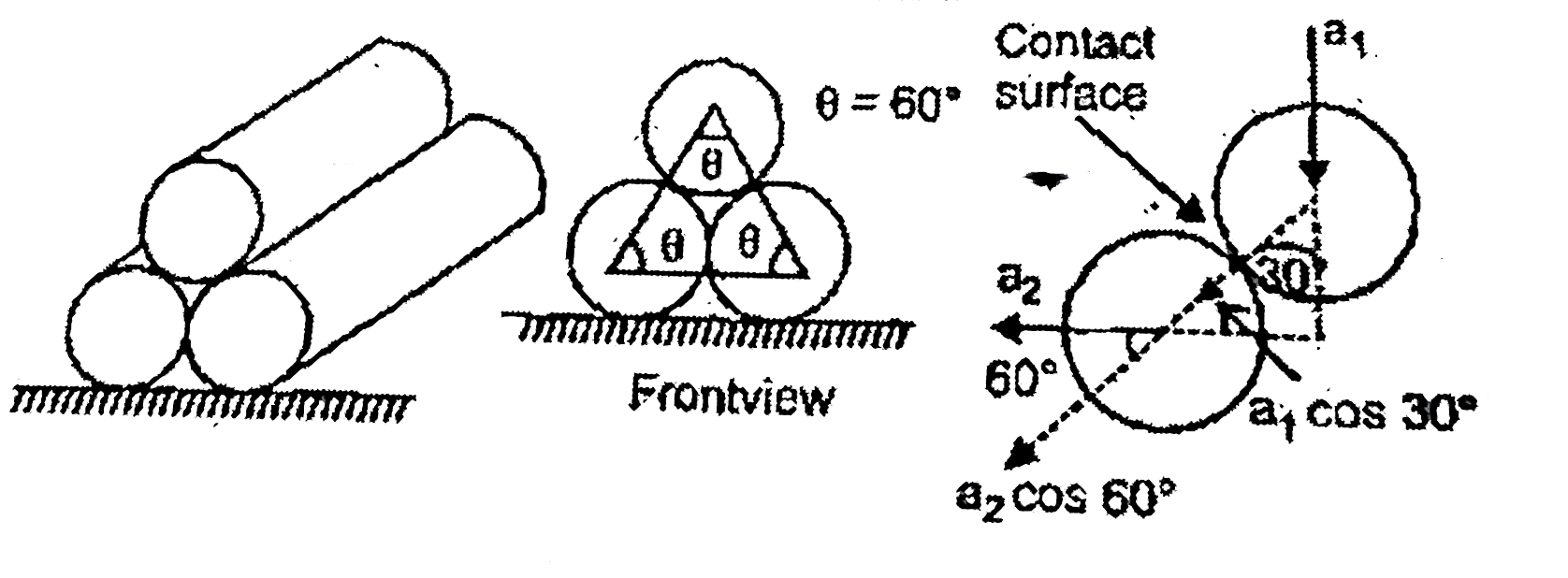Identity relation
What is Identity relation?
In general, by relation, we understand the connection of some sort between the two living or non-living things. For instance, the relations of mother-daughter, brother-sister, teacher-student etc. We are familiar with these kinds of relations.
Here, we will learn about a new concept of “relations” in maths. In the world of mathematics, we can also define a relationship between the two elements of a set.
The identity relation on set A is defined as a A = {(x,y) ∈ A × A|x = y}.
It might appear that both reflexive and identity relations were the same, but there is a vast difference between reflexive and the identity relation.
The difference between reflexive and identity relations can be explained in simple words as,
In the case of Reflexive relations, each element is related to itself.
Whereas, in the case of Identity relation, every element is related to itself only.
Example of the difference between reflexive and identity relations
Let us take an example to have a better understanding of the difference between the two relations. (Reflexive vs Identity)
Let A = {1, 2, 3}
Let R₁ and R₂ be two relations defined on set A such that
R₁ = { (1,1) , (2,2) , (3,3) , (1,2) }
R₂ = { (1,1) , (2,2) , (3,3) }
When we look at R₁ , each element of A is related to itself and also, the element "1" is related to a different element "2".
More details about R₁
(i) "1" is related to "1", "2" is related to "2" and "3" is related to "3"
(ii) Apart from "1" is related to "1", "1" is also related to "2"
Here we can not say that "1" is related to "1" only. Because "1" is related to "2" also.
This is the point which makes the reflexive relation to be different from identity relation.
Hence R₁ is reflexive relation
When we look at R₂, every element of A is related to itself and no element of A is related to any different element other than the same element.
More details about R₂
(i) "1" is related to "1", "2" is related to "2" and "3" is related to "3"
(ii) "1" is related to "1" and it is not related to any other element.
The same thing occurred to "2" and "3".
(iii) From the second point, it is clear that each element of R is related to itself only. No element is related to any other element.
It is the point that makes identity relation different from reflexive relation.
Hence R₂ is identity relation
That is,
Reflexive = "Every element is related to itself "
Identity = "Every element is related to itself only"
From the example explained above, students would be able to understand the stuff "Difference between reflexive and identity relation".
Very few websites explain the difference between reflexive relation and the identity relation. Even though those websites explain the difference, students find it challenging to understand it. We consider all these factors and give a detailed explanation for the difference between reflexive relation and identity relation with an example. The example mentioned above clearly illustrates the difference between reflexive relation and the identity relation.
Reflexive = "Every element is related to itself "
Identity = "Every element is related to itself only"
Similar Questions
Knowledge Check
- Question 1 - Select One
an example of an equality relation of two expressions in x, which of not an identity is
A(x+3)2=x2+6x+9B(x+2y)3=x3+8y3+6xy(x+2y)C(x+2)2=x2+2x+4D(x+3)(x−3)=x2−9 - Question 2 - Select One
Identical
ACorrespondingBSimilarCIndistinguishableDDifferent - Question 3 - Select One
Suppose A and B be two ono-singular matrices such that
AB=BAm,Bn=IandAp=I, where I is an identity matrix.
The relation between m, n and p, isAp=mn2Bp=mn−1Cp=nm−1Dp=mn−1
Binomial coefficients basic relation |Term independent | Pascal identity
View SolutionFig shown three identical cylinders, cylinders are released, find relation between acceleration of cylinders.
 View Solution
View SolutionAlgebraic Identities|Trigonometric Identities|NCERT Questions|OMR
View SolutionRelation and Types of relations, Equivalence relation
View SolutionShow that zero is the identity for addition on R and 1 is the identity for multiplication on R. But there is no identity element for the operations −:R×R→Rand ÷:R⋅×R⋅→R⋅.
View Solution

